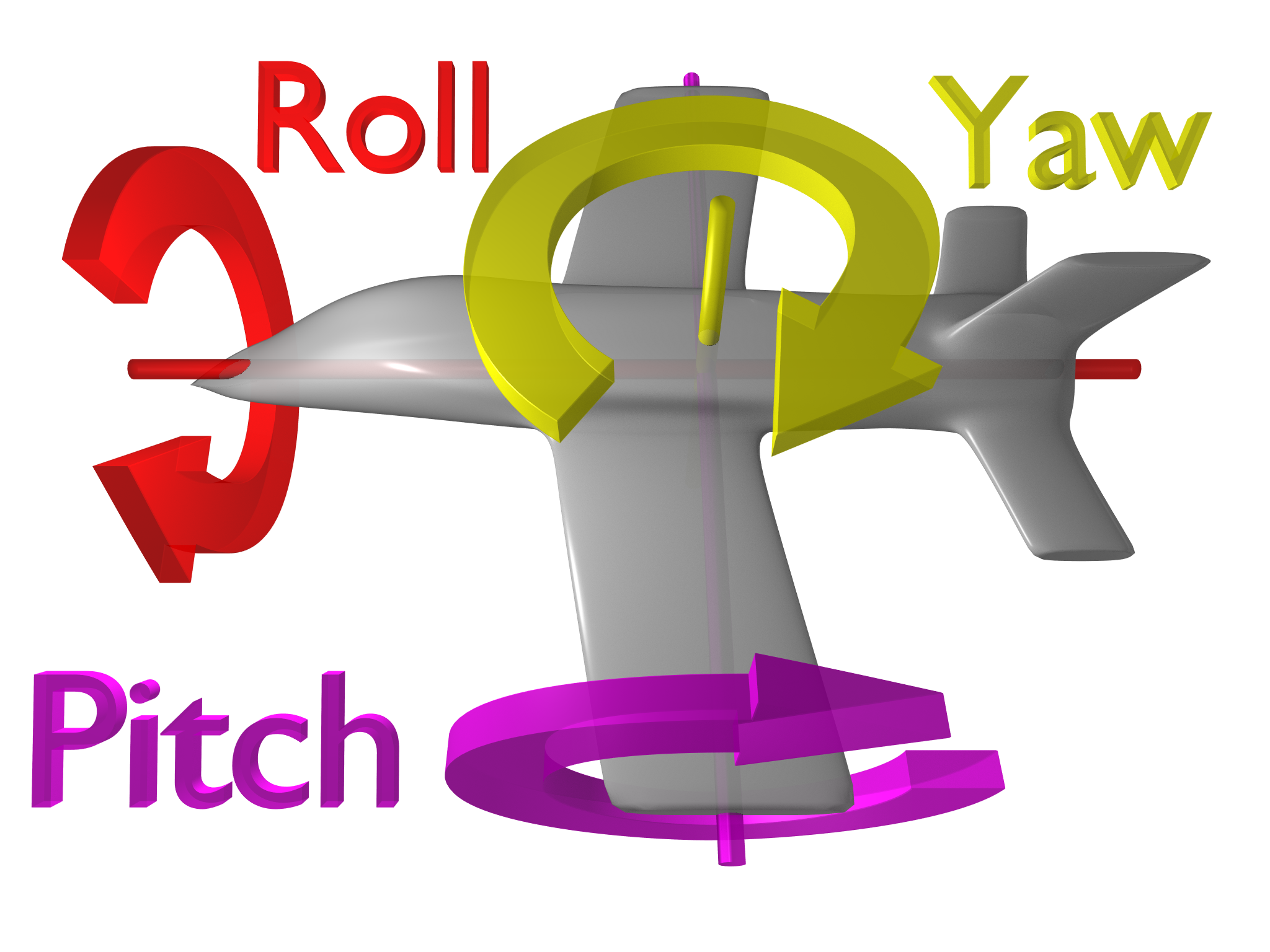I am no expert in surfboard desing concepts, but after reading about Greg Loher’s Theory of Balance, reading about fluid dynamics relative to bodies (lift, and drag), and making and riding various different surfboards with different planshapes, rails, bottom contours and fins I have come upon the concepts of pitch, roll and yaw.
Thinking about the various sufboard design elements in terms of how they affect how the rider can manipulate the pitch, roll and yaw of a surfboard for the various surfing manuvers has been enlightening.
Once you understand the concpetual framework the complexity of how the various design elements interact becomes much more simple and easy to understand.
Pitch, roll and yaw are concepts that describe the three axis’ on which the board can be turned.

It seems that a lot of surfboard design elements/variables are ways to affect how the surfer can manipulate the the pitch, roll and yaw of the surfboard.
For example:
A wider tail is more difficult to pitch and roll.
It will be easier to change the pitch of a board with a swallow tail relative to the same board with a square tail.
A board with a down rail will be harder to roll than one with an up rail.
Vee is easier to pitch and roll, while concave is more difficult to pitch and roll.
More rocker is easier to pitch and roll.
Fin toe influences yaw, while cant influences roll.
Fin foil influences yaw and roll.
In my experience surfing a thruster is mostly about affecting pitch, while surfing a quad is more about affecting roll, and single fins are about affecting yaw.
Maybe I am wrong, but these concepts of of pitch, roll and yaw give a good conceptual framework for understanding how the different elements of surfboard design affect the ride of a particular design.
What do you think?
